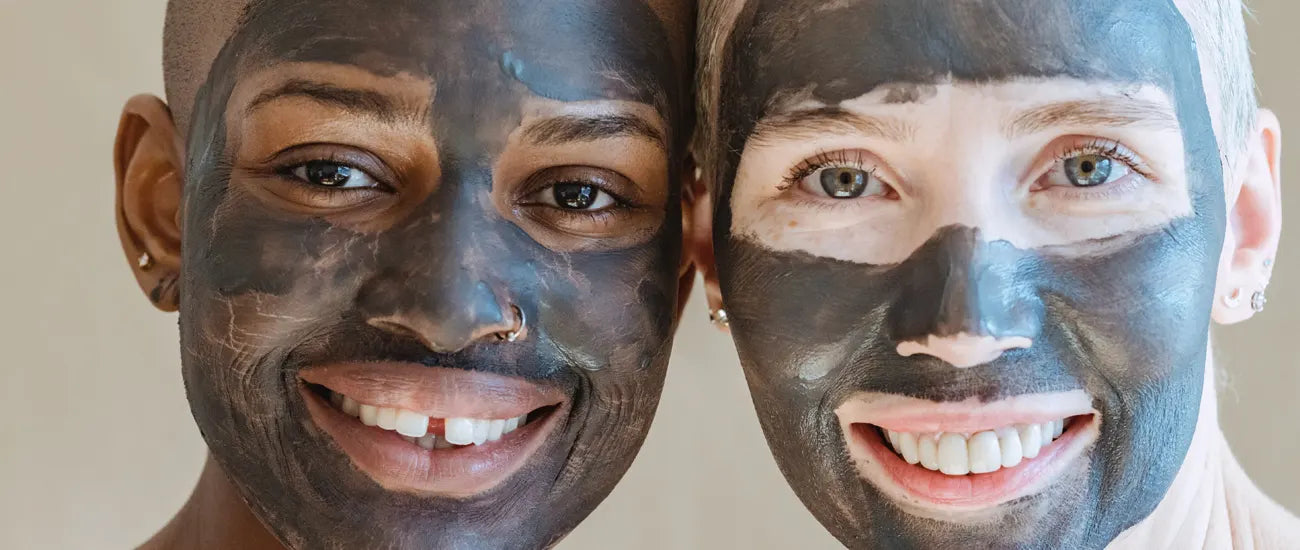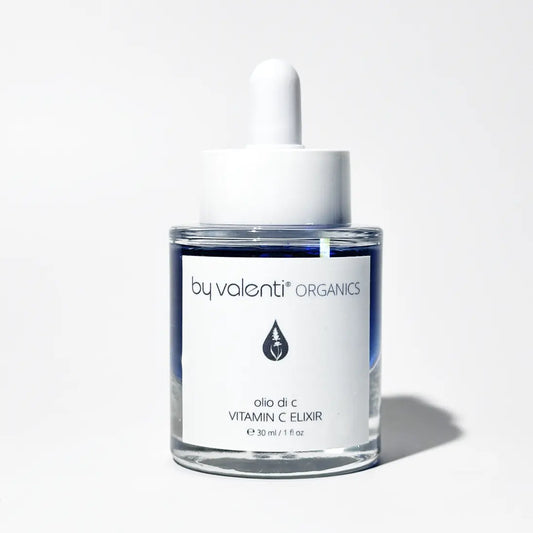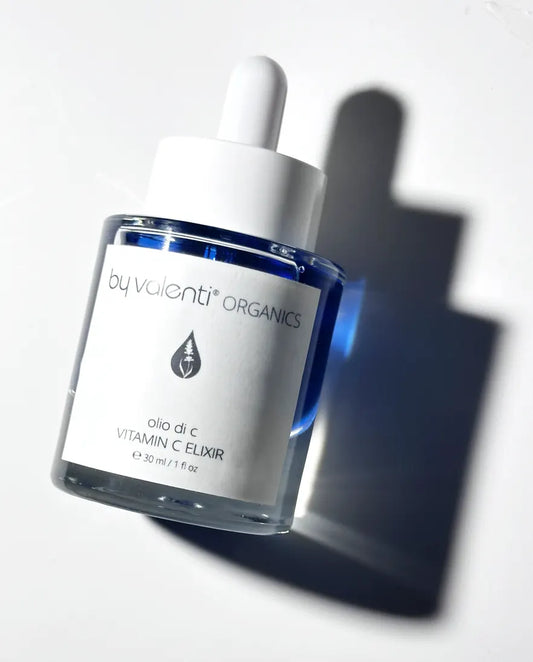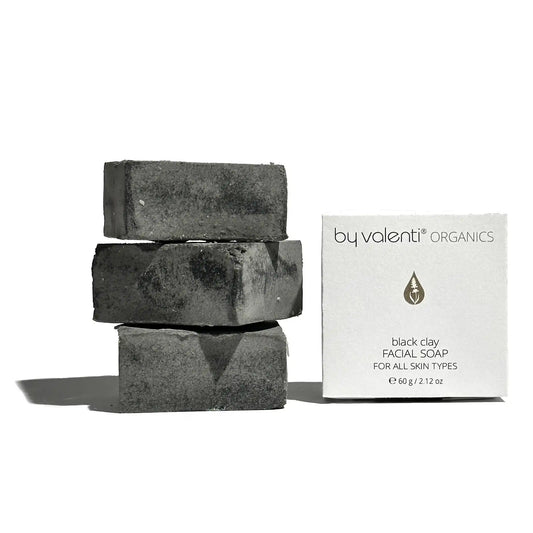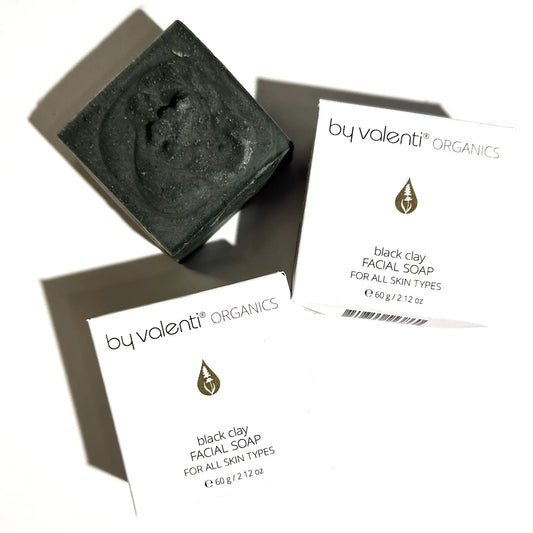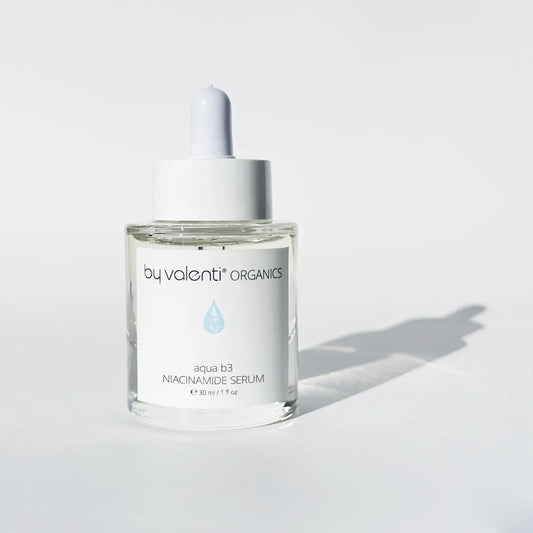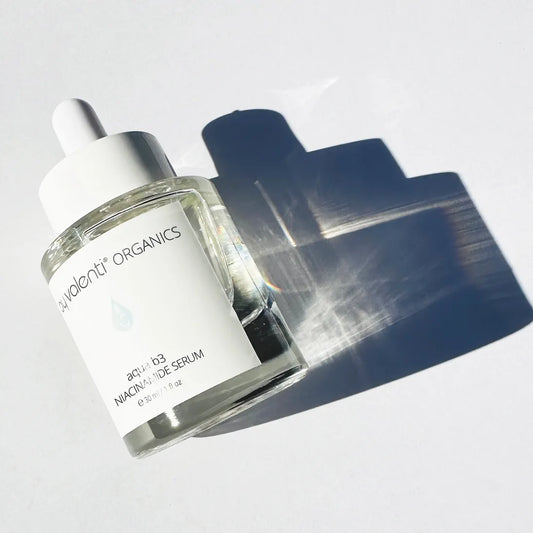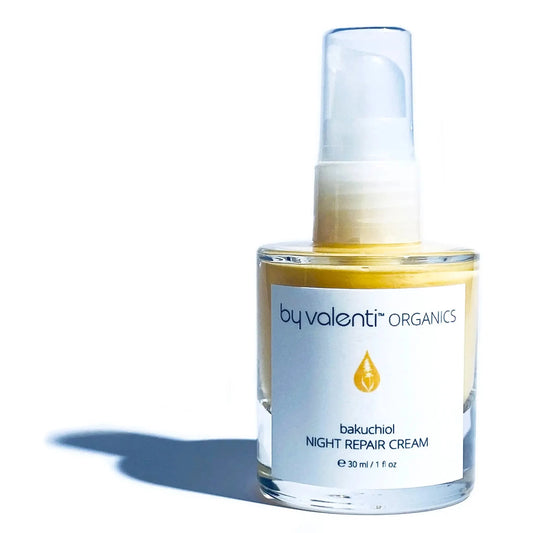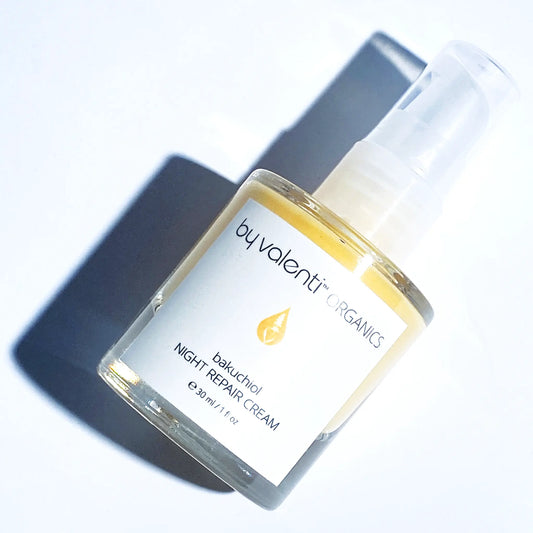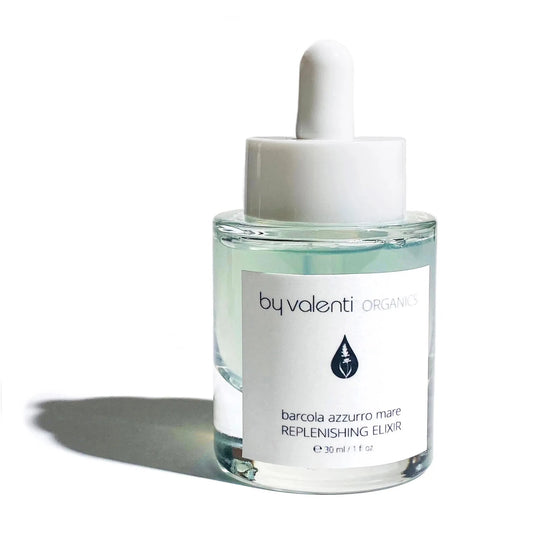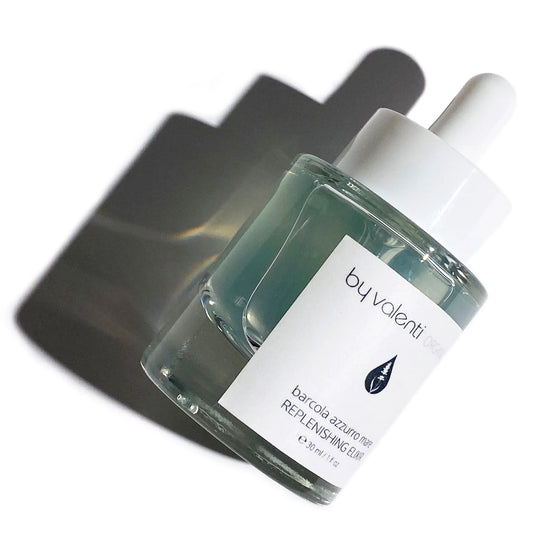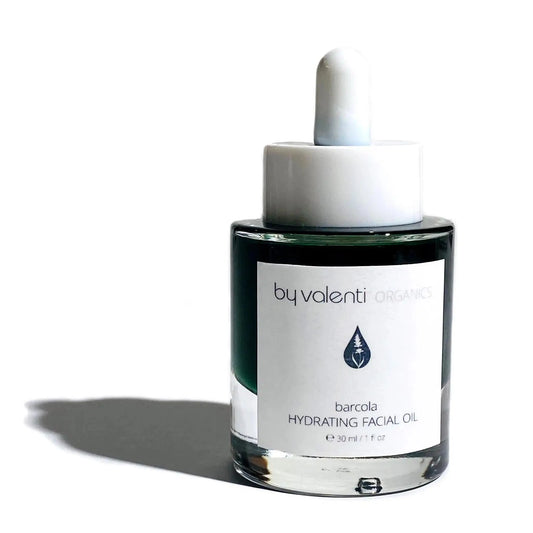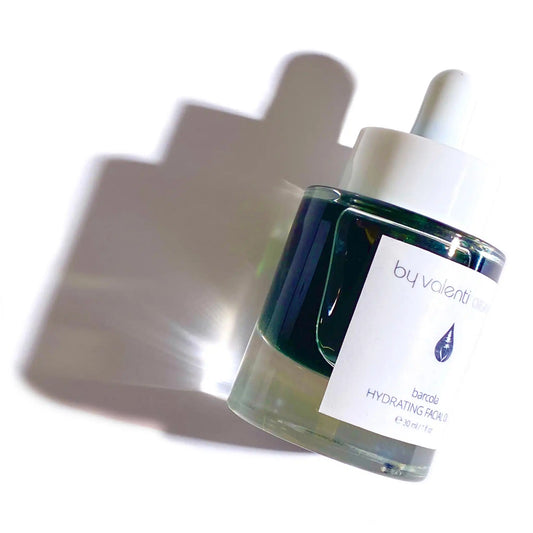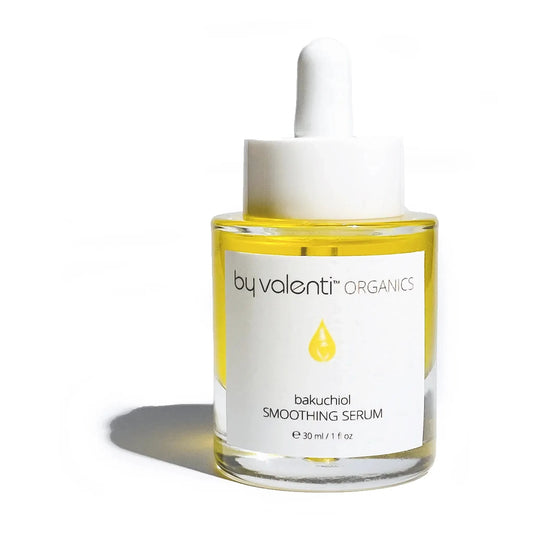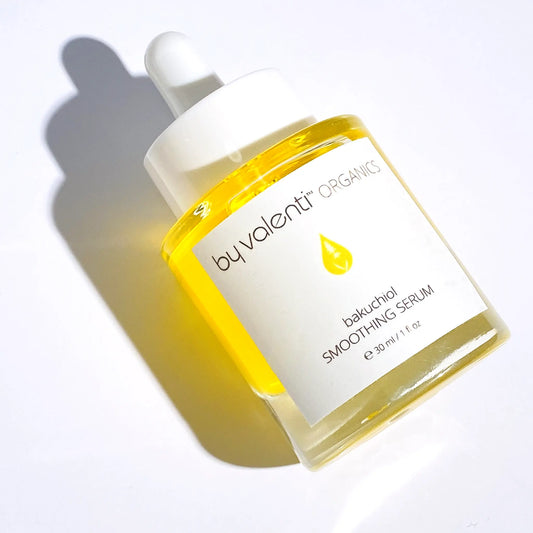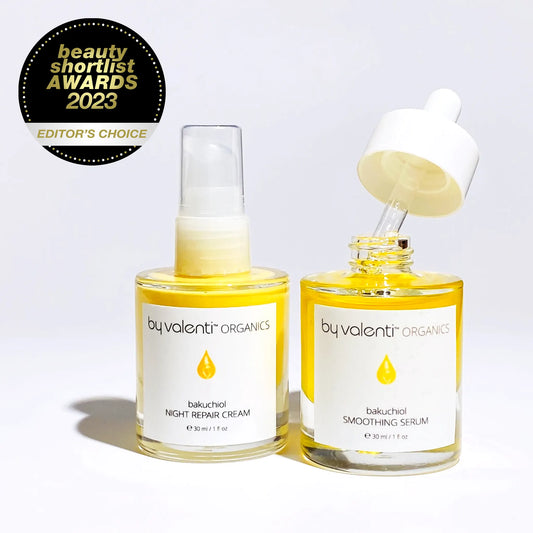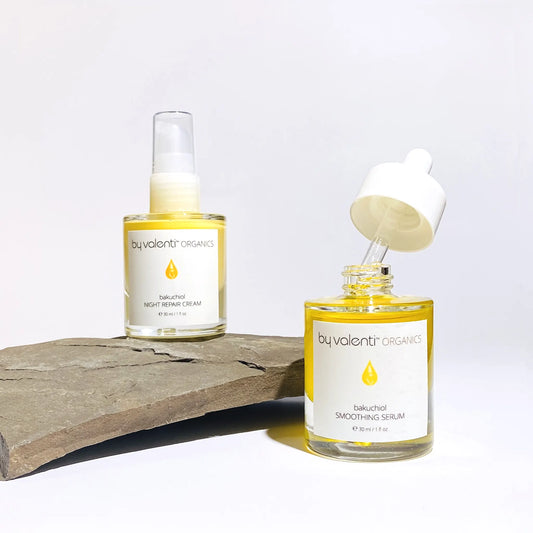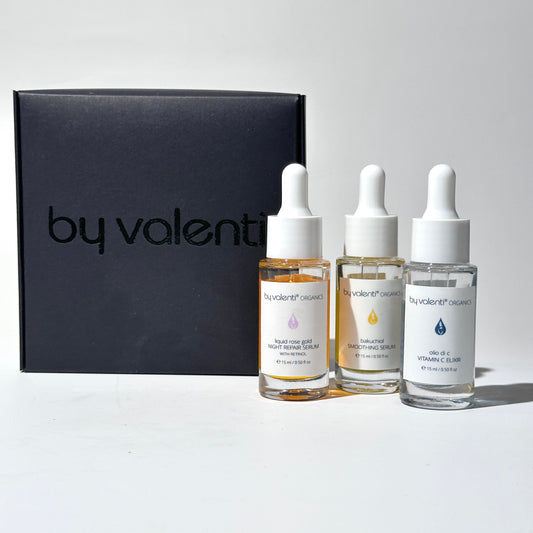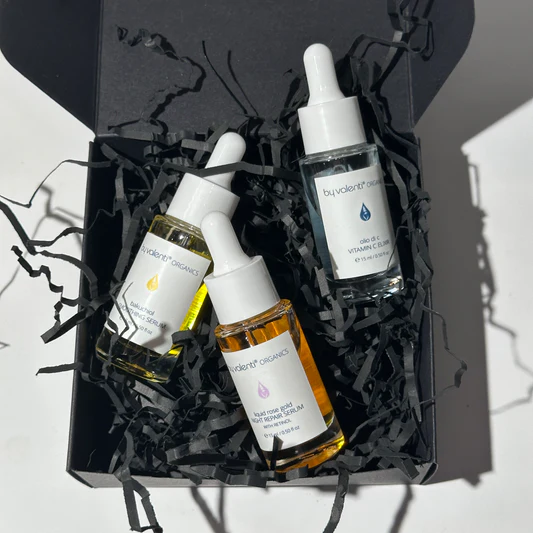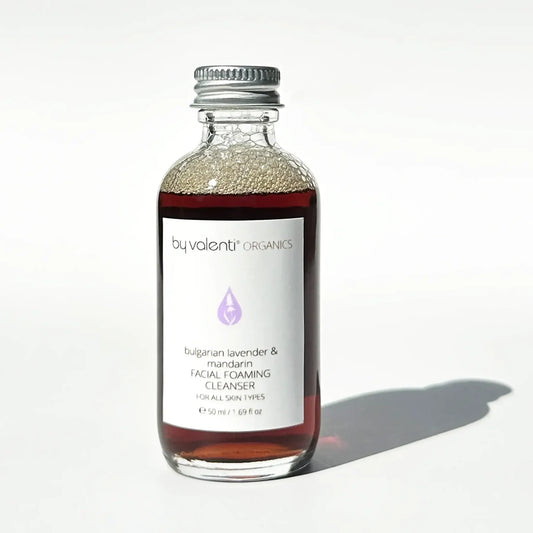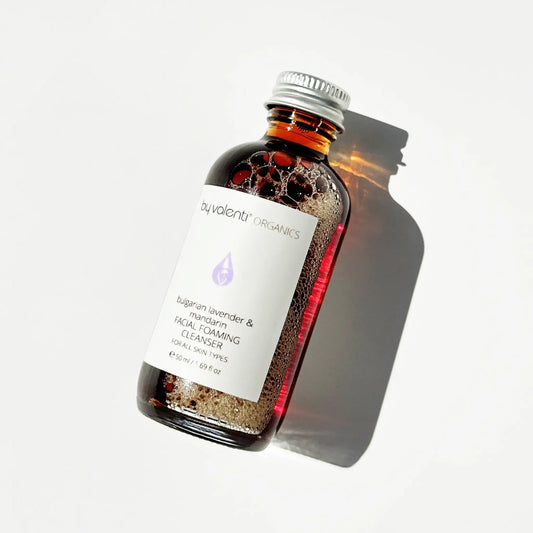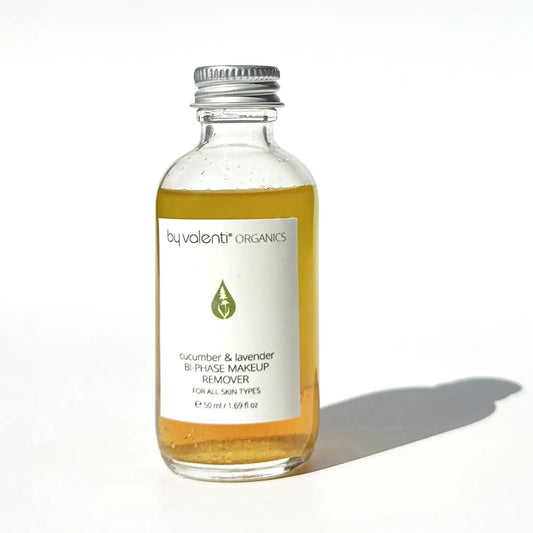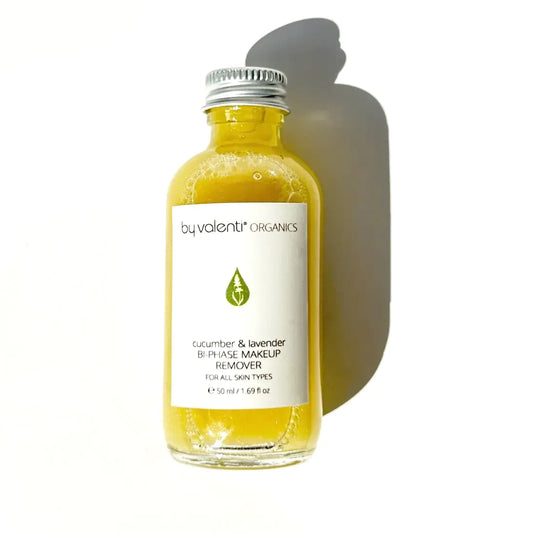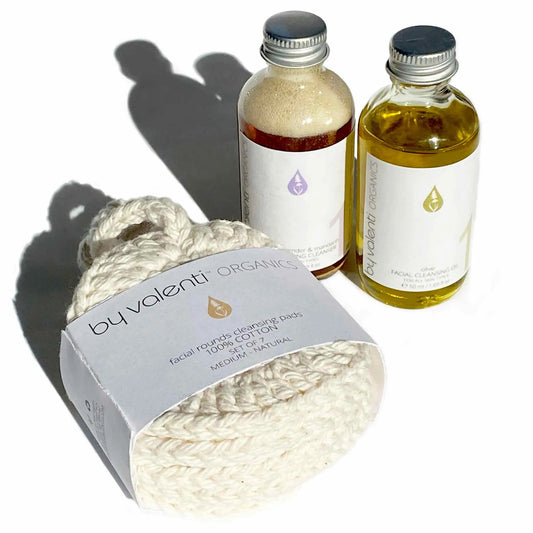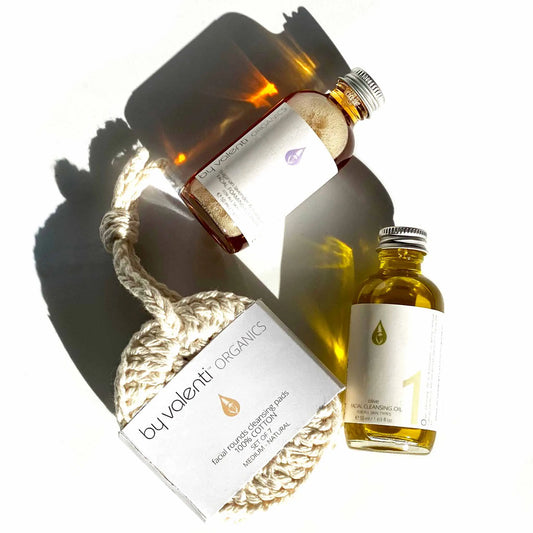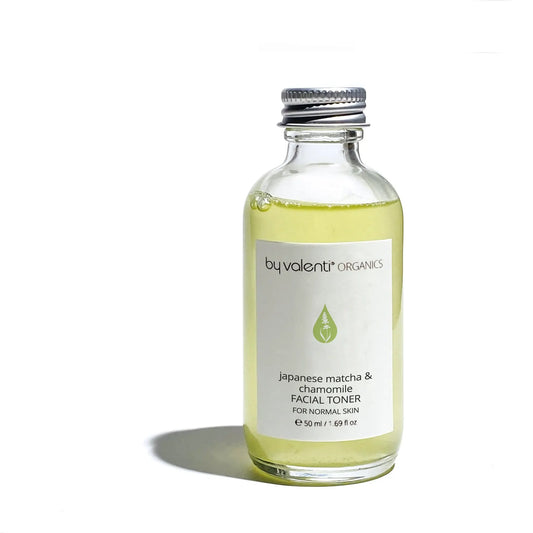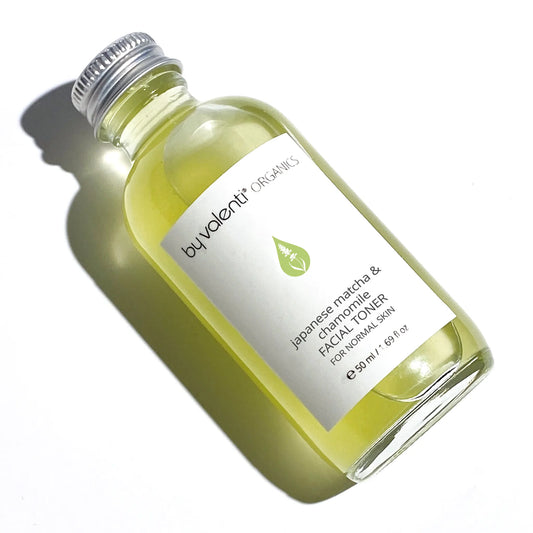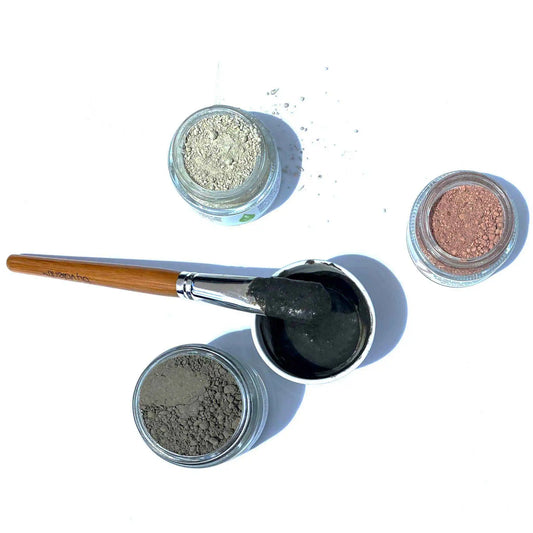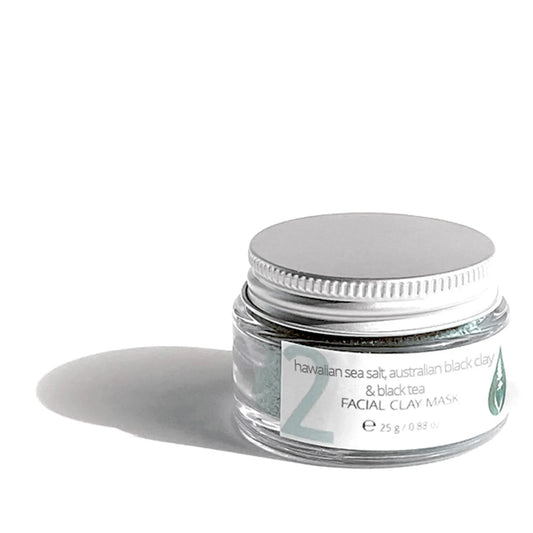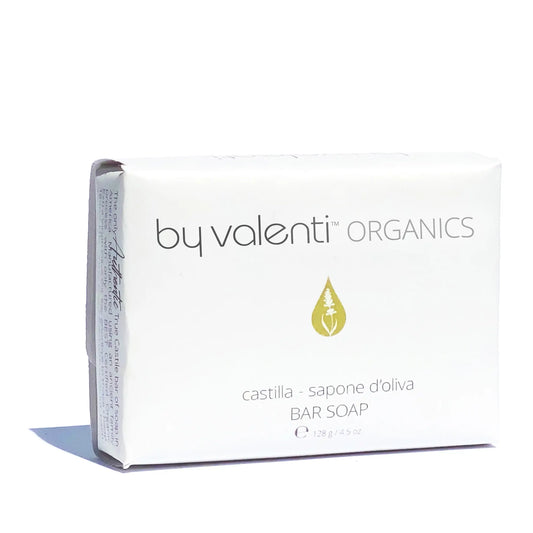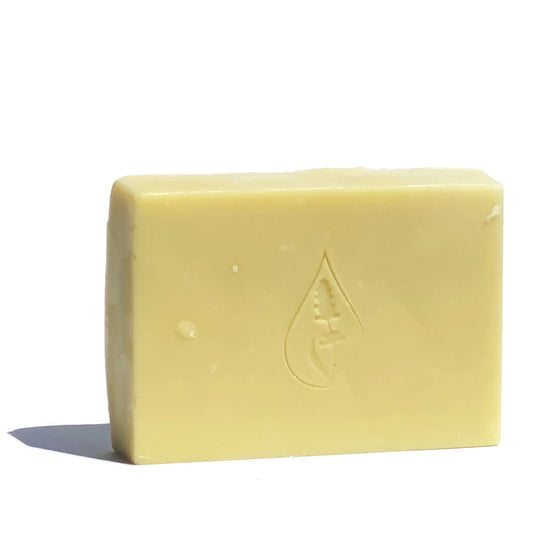Facial Clay Masks, dos and don'ts
Manuela ValentiShare
Who Should And Shouldn't Use Clay Masks?
The belief that clay masks are for everyone and every skin type is quite a myth. The reality is only oily or combination skins should use clay masks, while dry, irritated skins should steer away from them, as they can irritate and dry the skin even more.
Proper Way to Apply A Clay Mask
- Remove Makeup: Completely remove all traces of makeup. Use a good makeup remover and then cleanse your face with warm water and a foaming cleanser or facial soap to eliminate all traces of makeup remover, leftover makeup, and impurities. The warm water will soften the plugs within the pores (contrary to popular belief, pores do not open or close).
- Apply the Mask: Apply the clay mask evenly over the face, neck, and décolleté as per the manufacturer's instructions. Avoid the skin around the eyes. If the mask is also an exfoliant, scrub in a circular motion while applying it.
- Let it Dry: Let the mask completely dry on your skin if you can. This is when the clay absorbs the most, pulling debris from inside the pores and excess oils.
- Remove the Mask: Splash warm water on your face and gently massage in a circular motion until the clay is completely re-hydrated, then rinse off and pat dry with a towel. Do not use soap or cleanser after removing the mask.
- Apply Toner: Apply a toner to prepare your skin for the best absorption of moisturizers or facial oils. Not all toners are formulated equally; some are just refreshing waters that provide temporary hydration. At By Valenti Organics, we have formulated toners specifically for this purpose.
- Moisturize: After the toner has dried or evaporated, apply a light layer of moisturizer or facial oil. Don't overdo it; aim to replenish the skin rather than smother it.
Do not apply makeup for at least 12-24 hours.
How Long Should A Clay Mask Be Left On?
Contrary to what many cosmetologists say, a clay mask should be left on until it completely dries on the skin. This is when the clay absorbs the most, pulling debris and excess oils from inside the pores. The belief that a clay mask will also absorb all the moisture off the skin and dry it out isn't entirely accurate. Some moisture, along with sebum, dirt, and dead skin cells, will be absorbed by the mask, but by following with toner and moisturizers, the skin will immediately regain any lost moisture.
During the application of a clay mask, an exchange happens: the skin absorbs minerals from the clay, providing that radiant look we all love, while the clay absorbs excess oil and impurities from the skin. When they aren't allowed to completely dry, this exchange doesn't happen, resulting in a poor experience and little results.
How Often Should You Apply A Clay Mask?
Clay masks shouldn't be applied daily. It's recommended to apply them no more than 1-2 times a week. More frequent use could irritate the skin, while less frequent use may not provide visible benefits.
Which Clay Mask Should You Use?
- Green Clays: Particularly French Green Clay or Montmorillonite Clay, is the most absorbent of all clays. Recommended for oily and acne-prone skins, it helps remove dirt, excess oil, and debris from deep down pores.
- White/Gray Clays: Bentonite, Fuller's Earth, Kaolin, and others, are mostly recommended to replenish lost minerals in the skin and to remove excess oil. Recommended for combination skins, they help absorb excess oil without exacerbating sebum production.
- Red/Pink Clays: Rhassoul, Australian Red, French Pink, and others, are mostly used to provide complexion with a smooth finish.
- Black Clays: Like Australian Black Clay, are mostly recommended for acne-prone skin due to their deeply cleansing properties.



